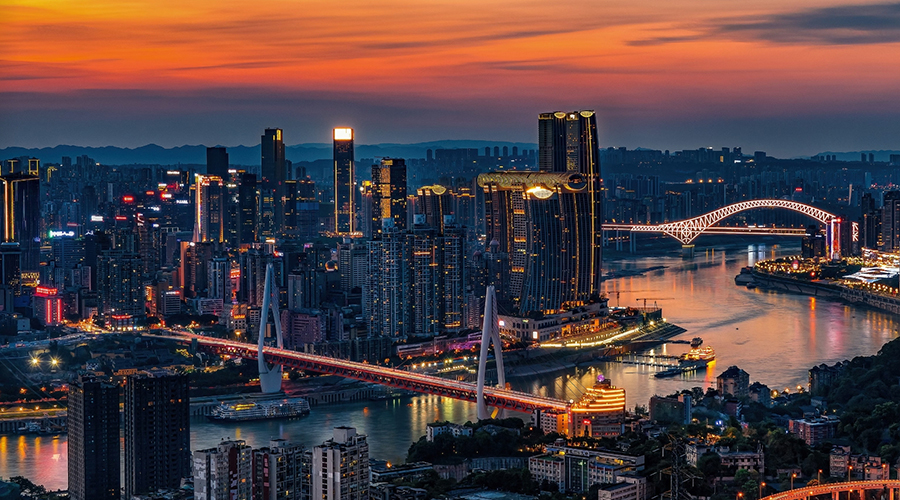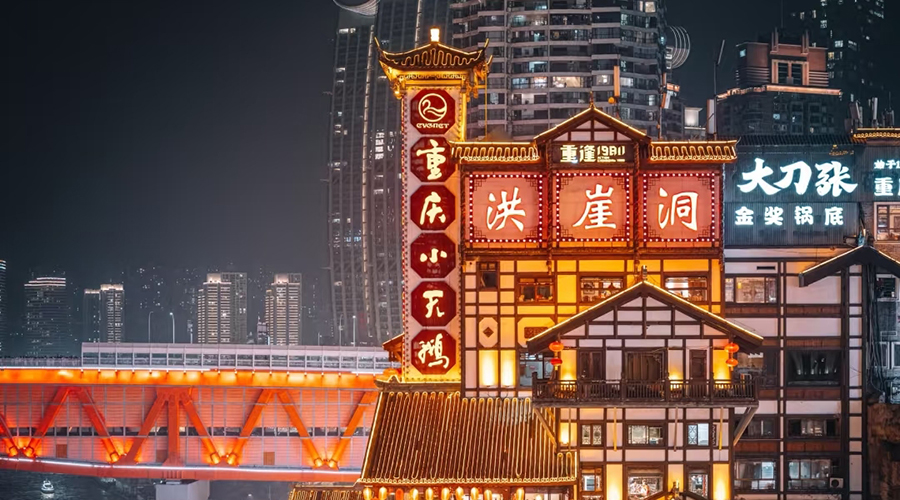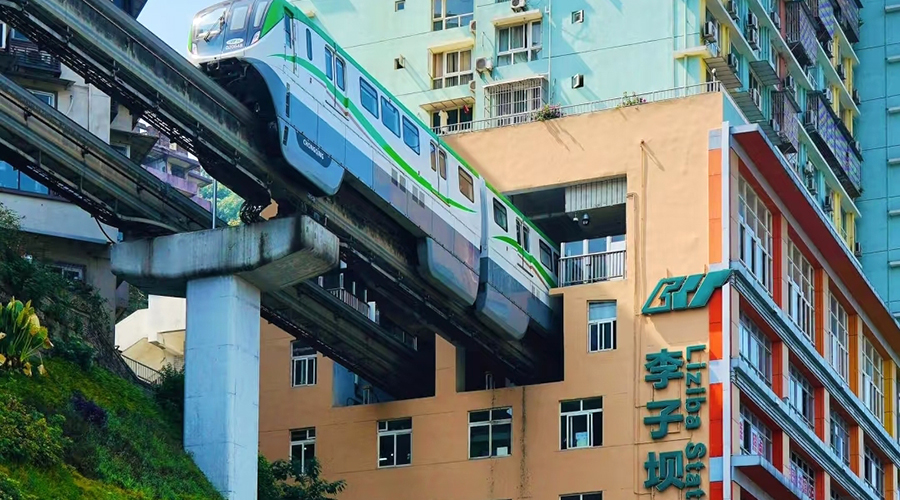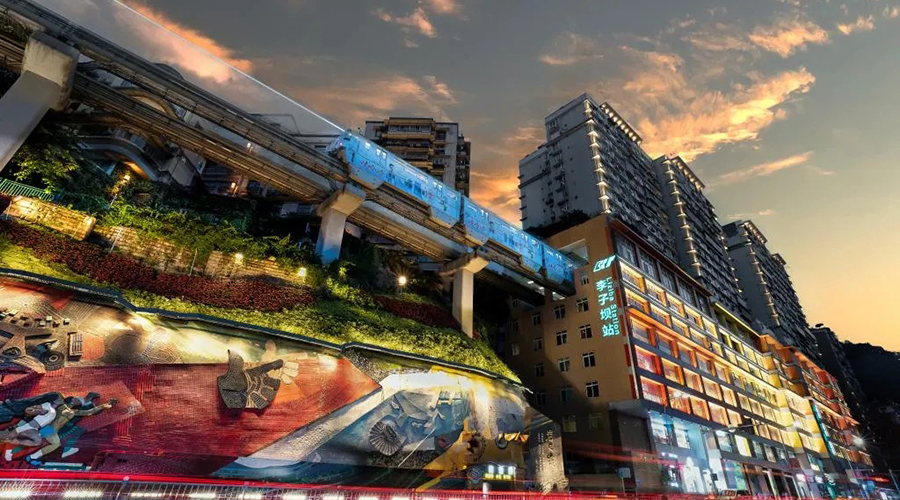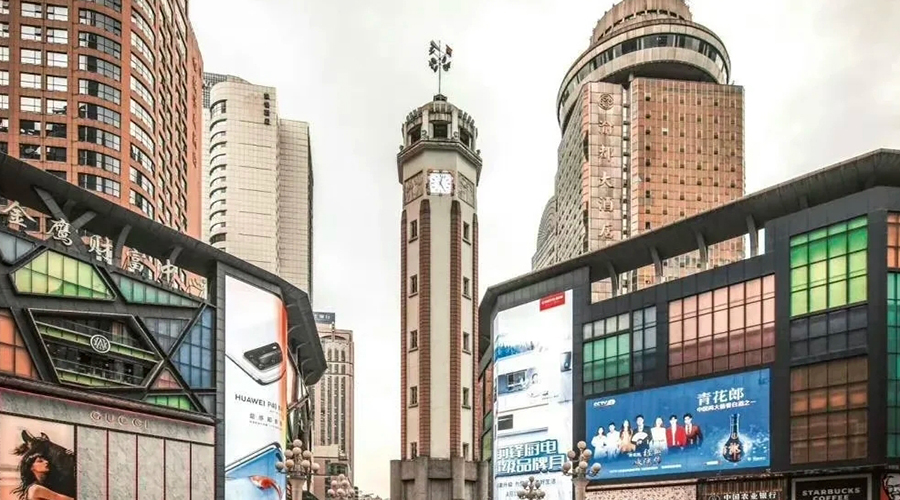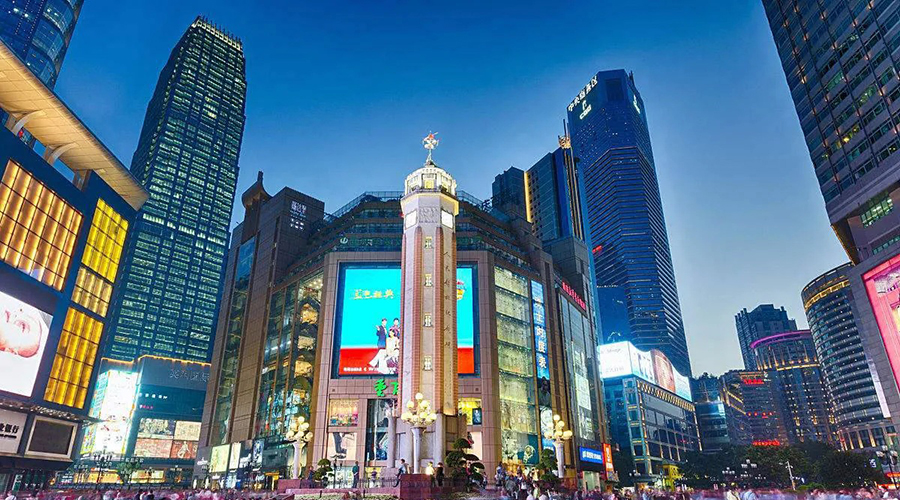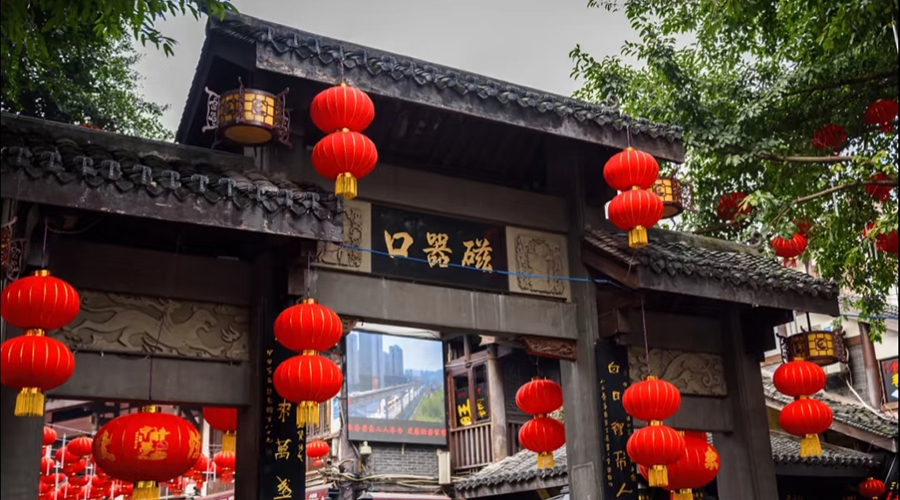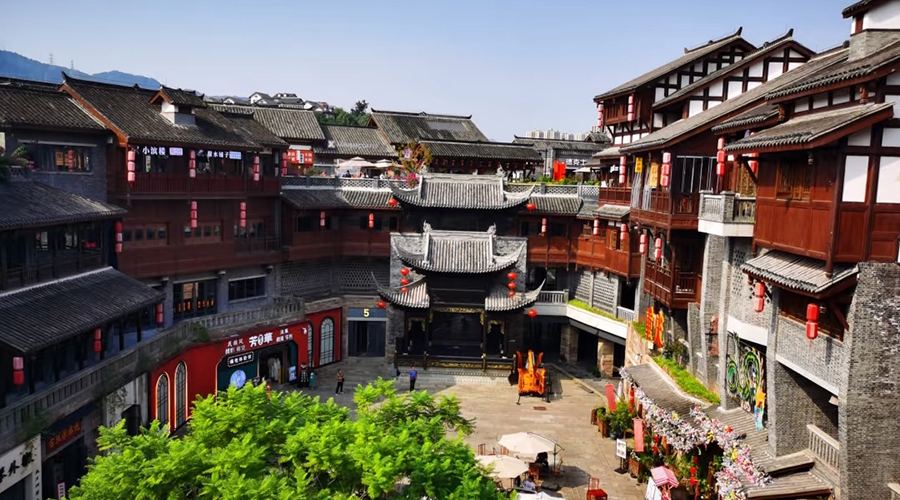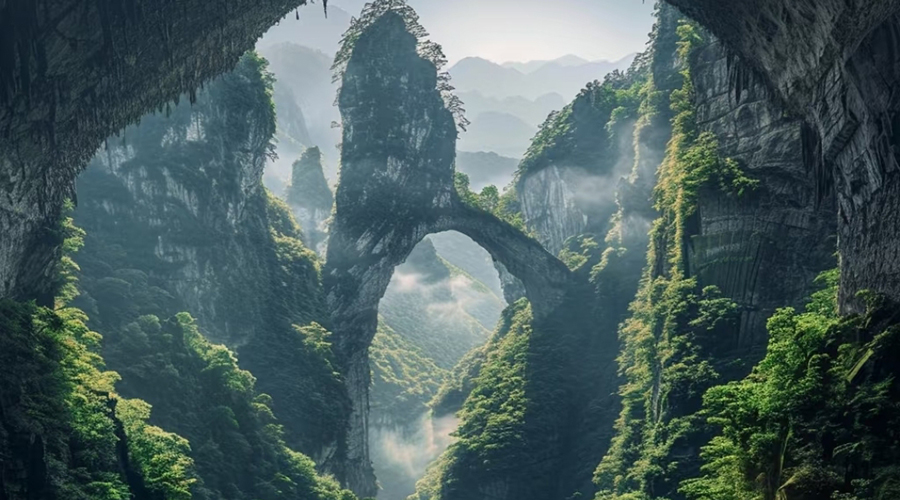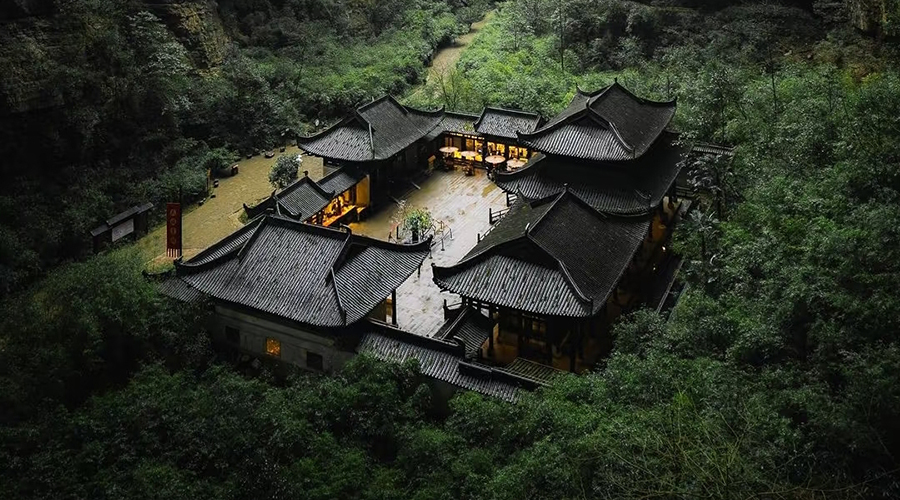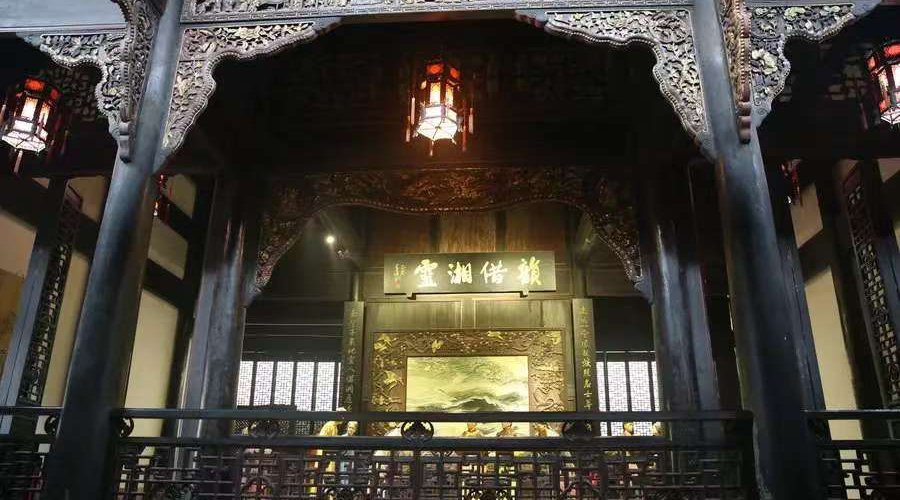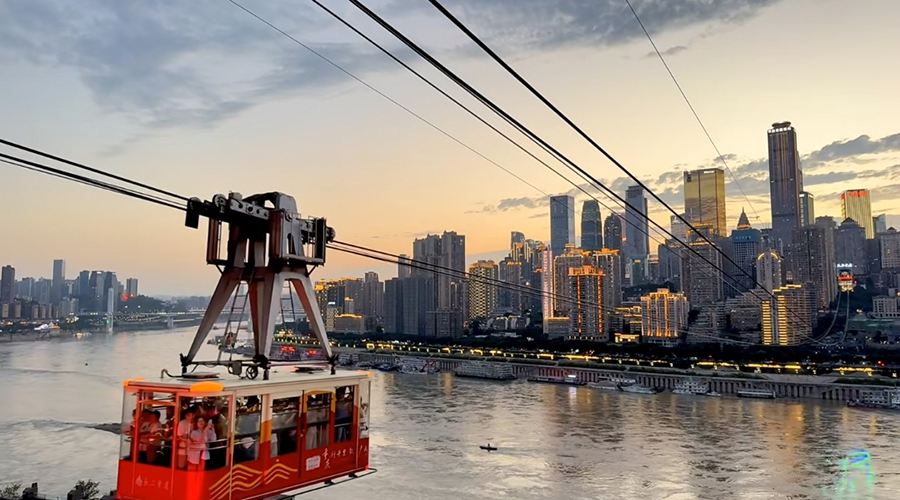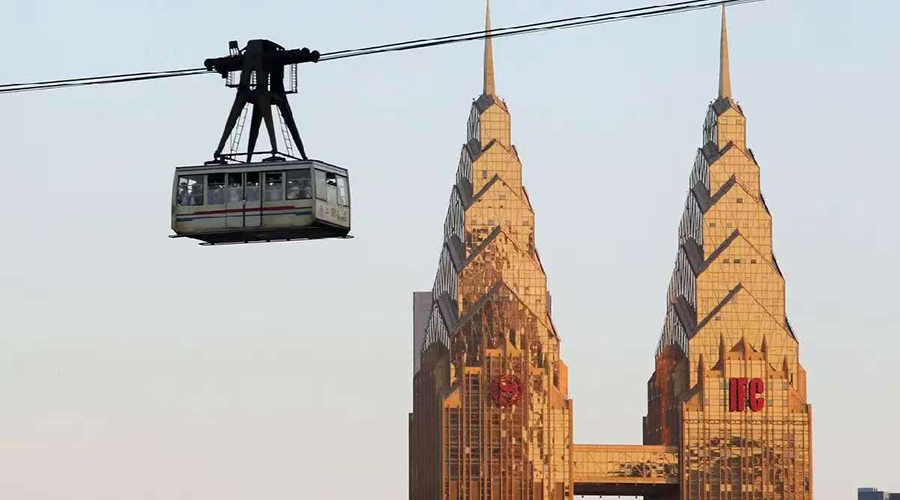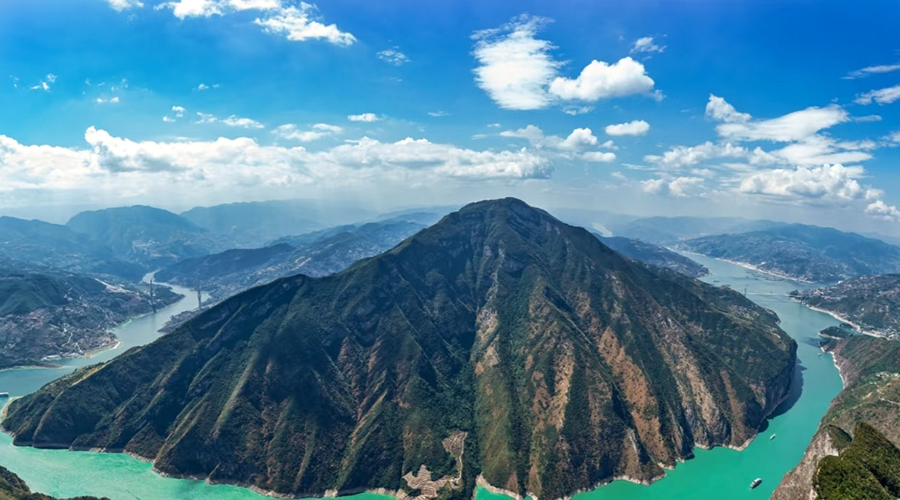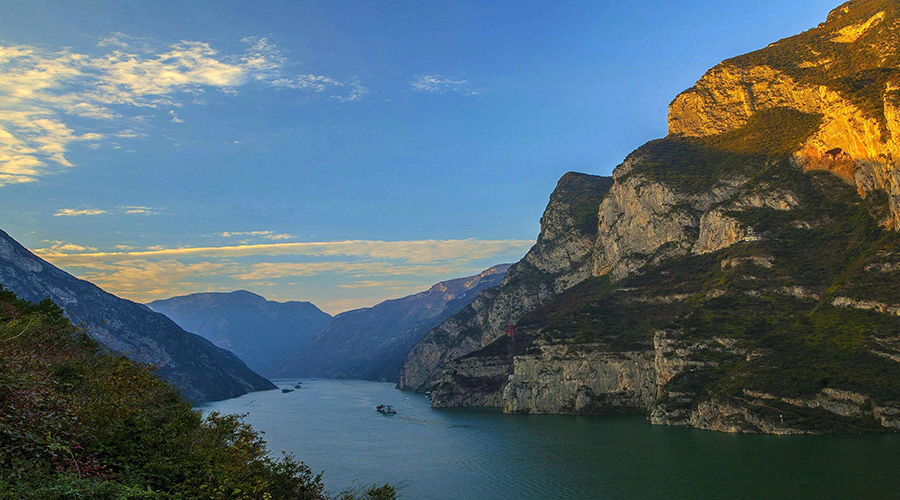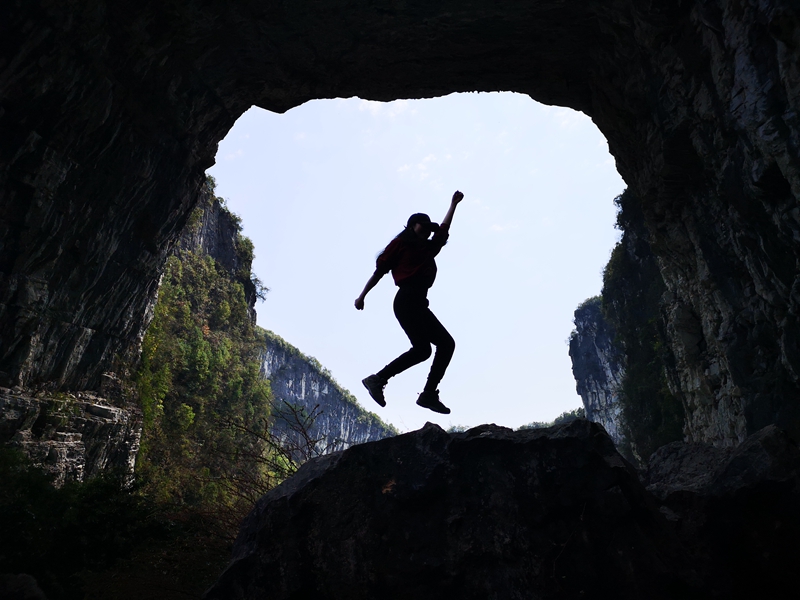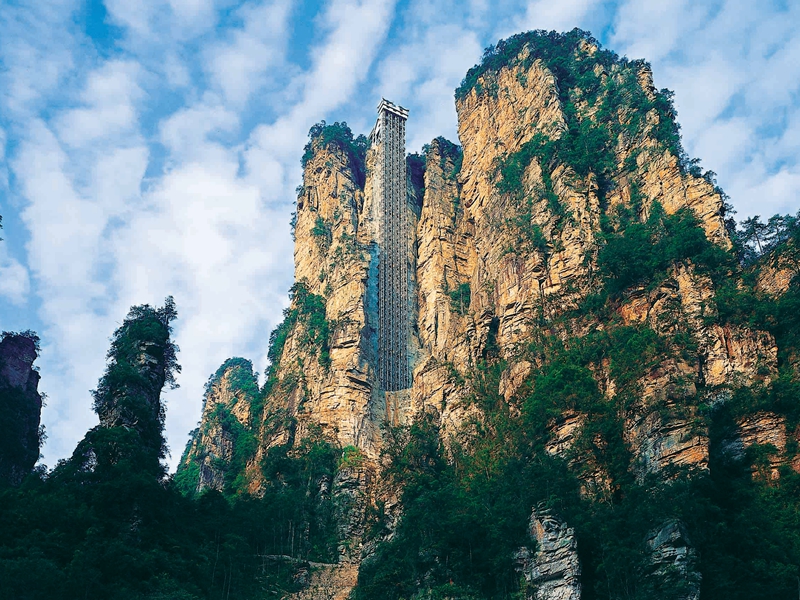
CHONGQING
CHONGQING Overview
Chinese Name: 重庆 English IPA: Chongqing Location: West of China Population (city): 31,904.7 Language: 400000 Zip code: Chongqing dialect Tel code: 023(+86) Time zone: UCT+8
Chongqing Travel Guide:A Vertical Wonder Where Mountain Majesty Meets Hotpot Flavor & River Romance
Nestled at the confluence of the Yangtze and Jialing Rivers, Chongqing stands as one of China’s most distinctive and dynamic cities—a sprawling megalopolis where rugged mountain terrain, centuries of history, and futuristic urban energy collide. Known affectionately as the “Mountain City” (Shancheng) and “Fog City” (Wucheng), this municipality of over 30 million residents defies conventional urban norms, offering visitors a sensory journey through layers of culture, cuisine, and geography that feel both ancient and cutting-edge.
Unique Geography: A City Built on Verticals

Urban Dynamism: Where Tradition Meets Innovation(Attractions)
Chongqing is a study in contrasts. Alongside its ancient lanes, futuristic skyscrapers pierce the skyline, and engineering marvels solve the challenges of its terrain. The city’s urban landscape is dotted with iconic landmarks that blend functionality and spectacle:
- Hongya Cave:
A 11-story wonder of stilted wooden buildings clinging to a hillside, mirroring ancient riverside towns of Sichuan’s past. By day, its layered walkways buzz with craft shops selling bamboo carvings, teahouses serving fragrant jasmine tea, and street vendors offering spicy local snacks. At night, thousands of red lanterns glow warmly, turning the cascading structure into a magical scene straight from a fairy tale, with shimmering river views and distant bridge lights adding to the timeless charm that captivates every visitor.
- Liziba Light Rail Station:
A viral icon where Chongqing’s metro slices through a 19-story residential building, a sight that stuns first-time visitors. Glass-walled train cars glide smoothly through the tower, with bustling platforms on the 6th and 8th floors connecting seamlessly to busy neighborhoods. This engineering marvel blends transit and daily life, showcasing the city’s ingenious solution to mountainous terrain—practical, quirky, and utterly unforgettable, drawing crowds eager to capture its unique charm.
- Jiefangbei CBD:
Chongqing’s bustling commercial core, where glittering malls and neon-lit streets hum with nonstop energy from dawn till dusk. At its heart stands the Liberation Monument, a towering landmark symbolizing post-war resilience and the city’s rapid rise. By day, shoppers explore luxury stores and local boutiques; by night, neon signs paint the sky in vivid hues, with street food stalls serving spicy hotpot skewers and numbing tofu—blending history, commerce, and urban vibrancy in one dynamic, unmissable hub.
- Ciqikou Ancient Town:
A riverside gem with winding cobblestone lanes and weathered wooden houses draped in trailing ivy. Teahouses spill with laughter, where elders sip jasmine tea to lively Sichuan opera melodies floating through open windows. Street vendors sell silky sweet tofu pudding and smoky roasted chestnuts, their calls mixing with clatters of bamboo craft workshops. Mist clings softly to moss-covered old bridges at dawn, making this 1,000-year-old village feel gently frozen in time, untouched by hurried modern life.
- The Wulong Karst:
A 2.5-hour drive from Chongqing, this UNESCO site boasts stunning karst landscapes carved by millennia of water and wind. Iconic Three Natural Bridges, massive limestone formations that starred in Transformers, tower over lush valleys below. Furong Cave dazzles with glittering crystals and underground rivers. Wujiang River cruises and winding trails reveal dramatic cliffs, emerald valleys, and hidden waterfalls—nature’s grandeur thriving just a short journey from bustling Chongqing.
- Huguang Guild Hall:
A 300-year-old complex with ornate temples, traditional theaters, and tranquil courtyards draped in ancient banyan trees. It showcases the seamless fusion of architectural styles from China’s Huguang region, featuring intricately carved beams, vividly painted pillars, and exquisite stage designs with gold leaf accents. As a living testament to Chongqing’s role as a melting pot of cultures, it once hosted bustling merchants from across the country, and now continues to be a vibrant hub for cultural exchanges and folk performances.
- Yangtze River Cableway:
A historic aerial tram gliding 116m over the Yangtze, locals’ beloved “air bus” linking downtown and Nan’an District. In just 5 minutes, you’ll soar past skyscrapers clinging to steep hills, crisscrossing bridges sparkling in sunlight, and busy ports teeming with cargo ships. Wind tousles your hair as the city unfolds vividly below—ancient stone docks, sleek modern towers, and rushing river currents merging seamlessly. Sunset rides paint the sky gold and pink, turning this daily commute into a scenic adventure cherished by residents and visitors alike.
- Three Gorge of the Yangtze River:
Starting near Chongqing, these legendary gorges—Qutang, Wu, Xiling—carve through mist-shrouded mountains over millennia. Turbulent waters crash against steep cliffs, passing ancient villages clinging to slopes and historic sites like hanging coffins. Cruises glide past jagged peaks, cascading waterfalls, and the grand Three Gorges Dam, a modern marvel. Dawn mists and sunset hues paint the scenery, making this a timeless blend of nature’s raw power and rich cultural heritage.
A Culinary Capital with Spice at Its Core
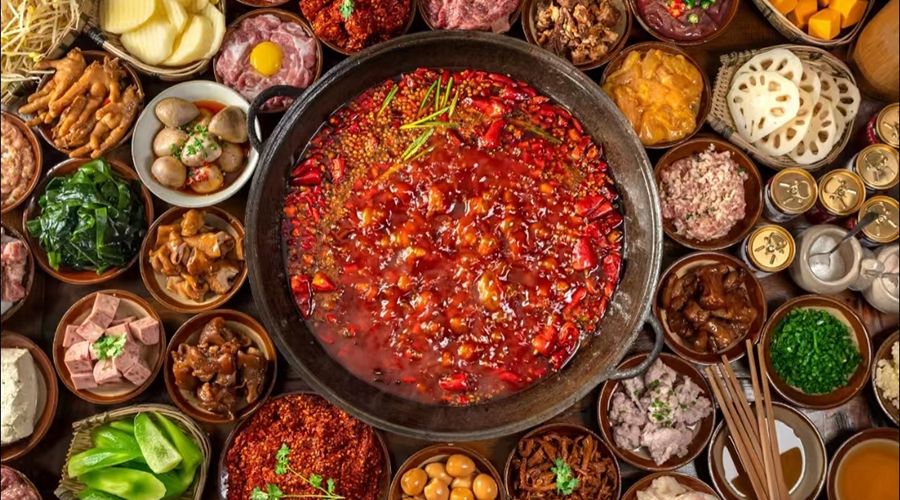
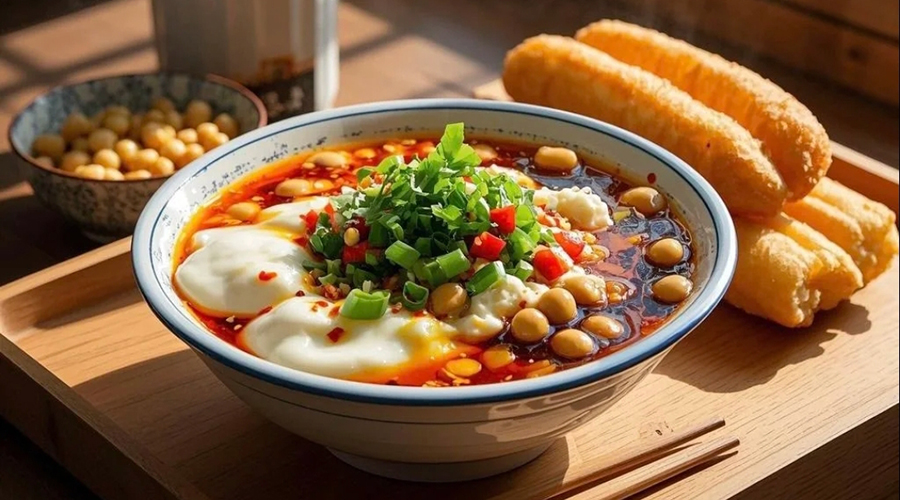
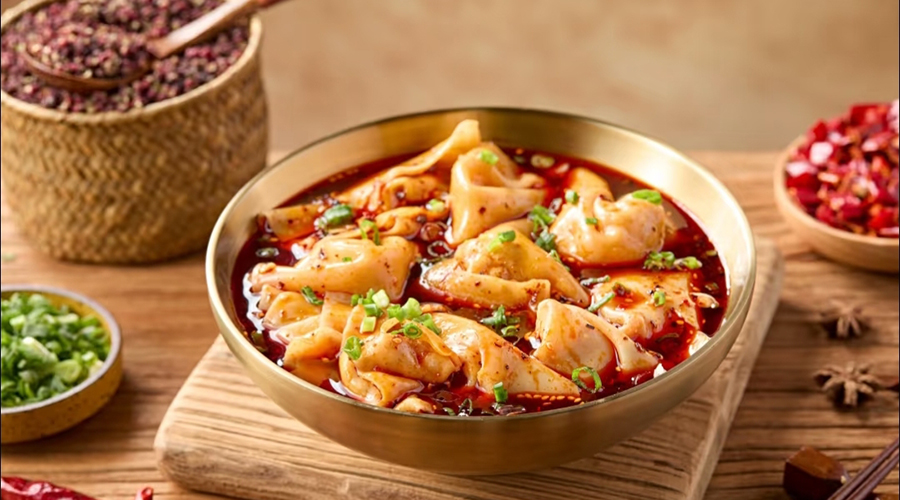
Chongqing Beckons to Captivate You
Chongqing is more than a city; it’s an experience. It is a place where the past and present coexist in stilted ancient towns and neon-lit skyscrapers, where nature and urbanity intertwine as rivers carve through valleys and transit weaves through mountains. Every slope challenges your steps, every bridge tells a story of engineering grit, and every spicy bite of hotpot or wonton invites you to explore deeper into its vibrant soul. For those seeking a destination that defies expectations—where chaos and charm dance, and every corner hides a surprise—Chongqing stands as a must-visit gem in China’s rich travel landscape.
Other Destinations in CHONGQING
CHONGQING Attractions
Chongqing Must-See Attractions: Mountain Magic, River Views & Spicy Delights Chongqing is a city of vertical wonders, where skyscrapers cling to cliffs, rivers carve through valleys, and every corner hides a mix of ancient charm and urban innovation. From gravity-defying landmarks to fiery food havens, these unmissable spots capture the soul of China’s "Mountain City": Hongya Cave Why visit: A postcard-perfect icon modeled after ancient Ba-Yu stilted buildings, cascading 11 [...]
CHONGQING Tours
Curated Itineraries for Every Traveler Whether you’re a history lover, foodie, or casual explorer, Chongqing’s tours blend mountain-city magic, spicy flavors, and cultural gems. Here are streamlined 3-day and 5-day itineraries to capture its soul: 3-Day Food & Culture Short Tour Day 1: Urban Bites & Iconic Views Morning: Start with xiaomian (spicy noodles) at a local stall near Jiefangbei. Visit Liberation Monument, then explore Bayi Food Street for snacks like stinky tofu and crispy Chen Mahua (twisted dough). Afternoon: [...]
climate
Chongqing Climate: Seasonal Weather & Best Time to Visit Chongqing, known as the "Mountain City" and "Furnace City," has a subtropical monsoon climate characterized by hot, humid summers, mild winters, and abundant rainfall throughout the year. Its unique topography—surrounded by mountains and rivers—creates a misty, foggy atmosphere, earning it the nickname "Fog City." Seasonal Weather Overview Spring (March-May): 12°C-22°C (54°F-72°F) Mild and humid with occasional drizzle. The city awakens with blooming azaleas and camellias, especially in [...]
Transportation
Chongqing Transportation: Navigating the "Mountain City" with Ease Chongqing boasts a well-developed transportation network covering airports, high-speed railways, ordinary railways, and highways, ensuring convenient travel for visitors. Chongqing Jiangbei International Airport connects the city to over 180 domestic cities (including Beijing, Shanghai, Guangzhou, and Chengdu) and international destinations such as Tokyo, Seoul, Bangkok, and Kuala Lumpur, with an annual passenger throughput exceeding 45 million. Its high-speed rail network links Chongqing to more than 70 major cities across [...]
More CHONGQING Transportation >>
Ethnic Culture
Chongqing’s Cultural Tapestry: Where Mountain Heritage and Ethnic Charm Thrive Chongqing, a vibrant “Mountain City” with over 3,000 years of history, is a melting pot of Ba-Yu culture and ethnic diversity. Home to 56 ethnic groups—with the Tujia and Miao communities being the most prominent—it blends ancient traditions, folk customs, and lively rituals, offering travelers a vivid glimpse into the soul of southwest China’s cultural heritage. Ba-Yu Folk Traditions Chongqing’s roots lie in [...]
More CHONGQING Ethnic Culture >>
Travel Tips
Chongqing Travel Tips: Navigating the Mountain City with Ease Whether you’re drawn to its steep streets, spicy flavors, or vibrant culture, Chongqing offers a unique blend of history and liveliness. From getting here to savoring local eats, these tips ensure you make the most of your trip to this dynamic “Mountain City.” How to Get to Chongqing 1. By Flight Chongqing is easily accessible via Chongqing Jiangbei International Airport, with direct domestic flights to [...]
Maps and Photos
More CHONGQING Maps and Photos >>
CHONGQING Accommodation
More CHONGQING Accommodation >>
